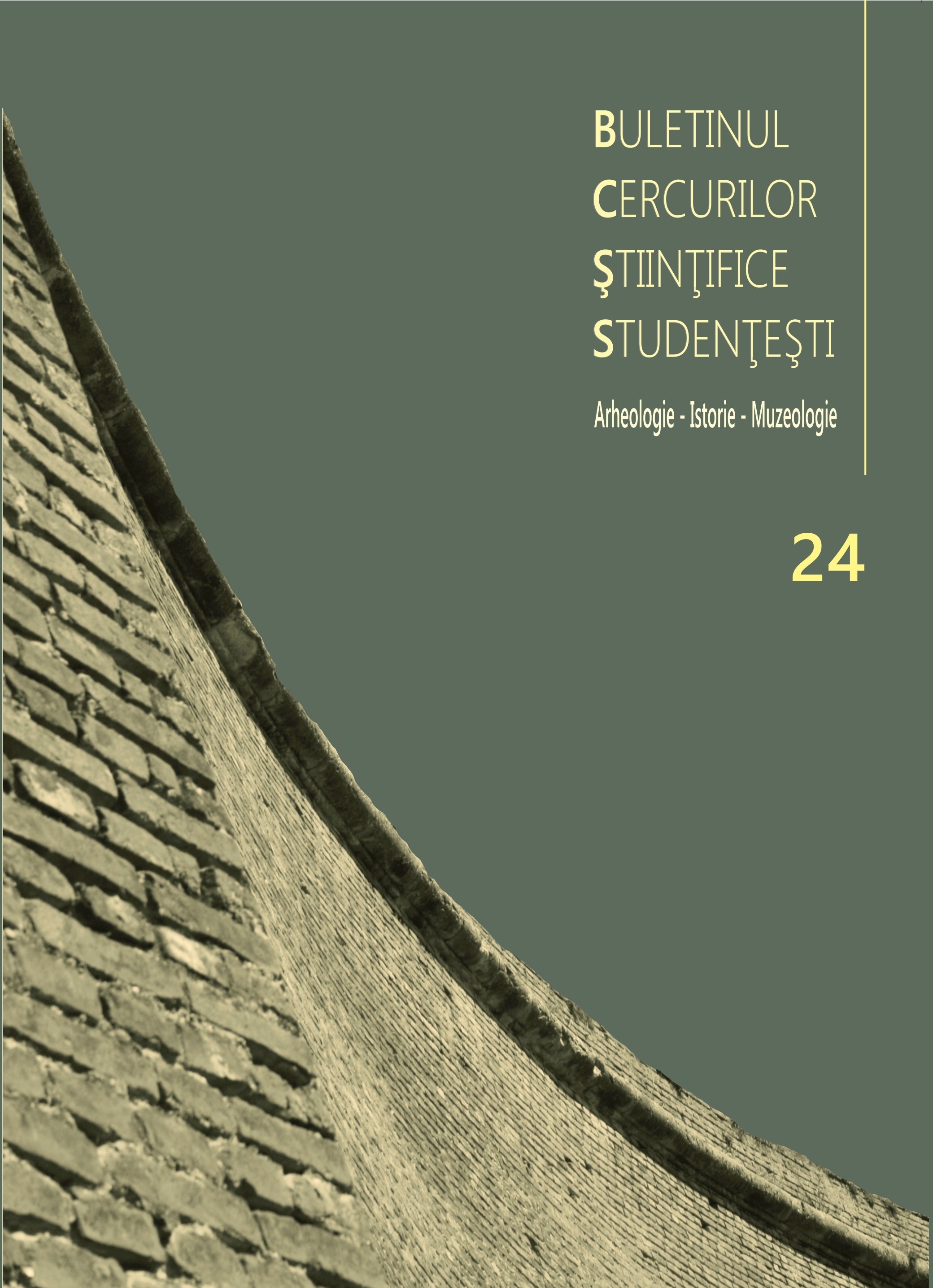Amfore romane de la Aegyssus
Roman amphorae from Aegyssus
Author(s): Radu-Octavian StănescuSubject(s): History, Archaeology
Published by: Universitatea »1 Decembrie 1918« Alba Iulia
Keywords: wine; olive oil; pottery; Early Roman; Late Roman pottery; Danube; Roman limes;
Summary/Abstract: This study aims to bring a contribution to the study of the economic history of the Roman Empire by analyzing a sample of 458 amphorae fragments found during several excavations at Aegyssus – Tulcea-Dealul Monumentului, an archaeological site in northern Dobroudja.Typologically, 17 amphora types were identified, some of which have different versions: Dressel 43, Dressel 2-5, Dressel 24, Zeest 72, Zeest 94 (Šelov B and C), Berenice Middle Roman Amphora 5, Kapitän II, Agora M273, Kuzmanov XV-XVI, Spatheion, Opaiț D II, Opaiț D III, Opaiț E I – c, Carthage Late Roman Amphora 1, Carthage Late Roman Amphora 2, Carthage Late Roman Amphora 3 and Carthage Late Roman Amphora 4. Furthermore, out of these 17 types, based on macroscopic comparison, it was determined that 5 types were of Aegean origin, 3 types from the Eastern Mediterranean Coast, 7 types of Black Sea origin, one type from North Africa, while the LRA 1 and even LRA 2 types were produced in various centres in the Eastern part of the Empire.Chronologically, 5 types were distributed during the Early Roman Period, 10 types during the Late Roman Period and 2 types have been traced to the period between the third and fourth century AD.The paper also proposes a method of calculating quantities of imported wine and olive oil during the two time periods of the Roman Empire.
Journal: Buletinul Cercurilor Științifice Studențești
- Issue Year: 24/2018
- Issue No: 1
- Page Range: 91-98
- Page Count: 8
- Language: Romanian

